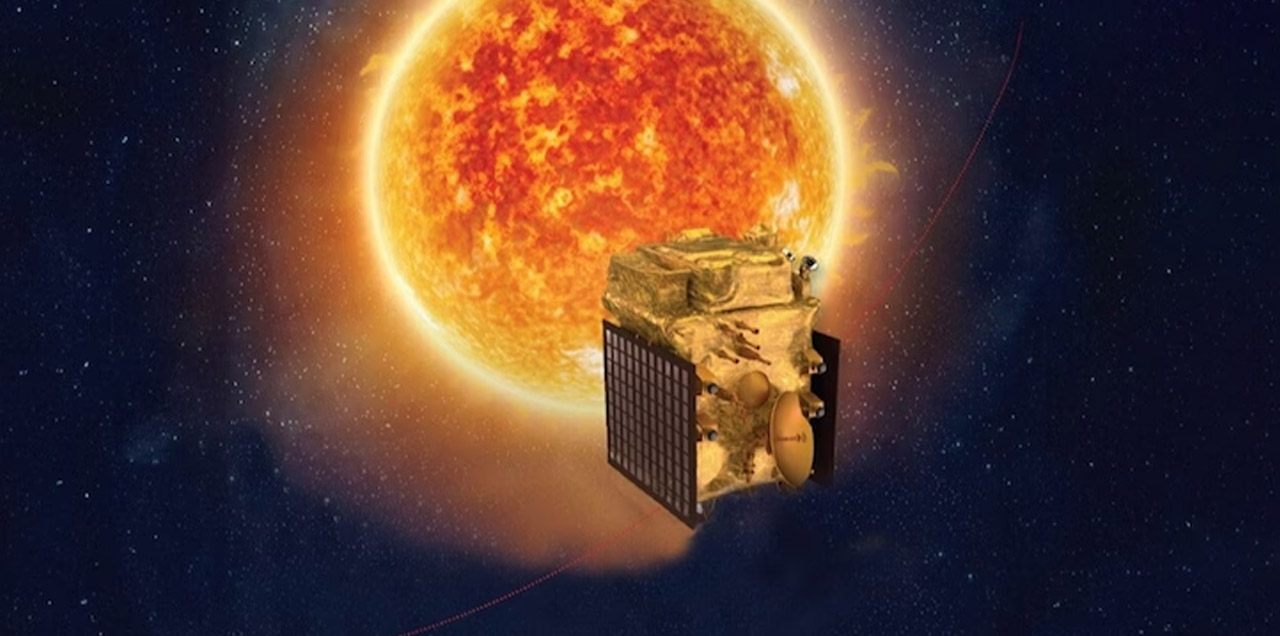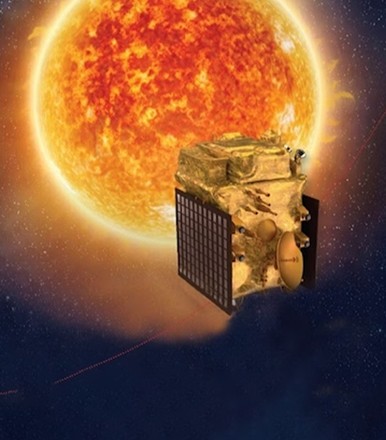The sky is turning out to be the limit for the Indian Space Research Organisation as they embark on yet another mission beyond the skies and into outer space.
After the recent success of Chandrayan-3, only a few months ago in 2023, ISRO celebrated another victory on 6th January 2024 with their solar mission, Mission Aditya-L1, successfully entering final orbit.
What is L1 in a Solar mission?
This mission is critical as the spacecraft must enter the Lagrange 1 point, or L1, a space in the Earth-Sun orbit where the gravity of the two shall cancel each other out. This orbit exists 1.6 million Kilometers away from the Earth and provides uninterrupted visibility of the Sun that is devoid of any eclipse and occultation.
Still, entering this orbit is not like entering the orbit of any other planetary object. Hence, it is considered one of the most essential parts of the mission, and when Aditya-L1 did that, a huge uproar was heard around the country.
The spacecraft will spend the rest of its mission life “orbiting around L1 in an irregularly-shaped orbit in a plane roughly perpendicular to the line joining the Earth and the Sun,” an ISRO scientist said.
Further explaining the phenomena, the ISRO representative told the mainstream media that orbiting any other planetary body is two-dimensional, consisting of only the equator or polar. However, when it comes to the Sun, “the gravitational effects of both the Sun and the Earth play a role, and there is constant pulling and pushing,” he added.
Why the Sun?
Before we get into the details of the primary functions that Aditya-L1 will perform, it is crucial to understand why it will be orbiting the Sun in the first place.
All our lives, we have been taught that the Sun is the biggest reason why life exists on our planet. At the same time, it can also become the reason behind its extinction.
The Sun, a colossal ball of plasma, is a dynamic celestial body, constantly undergoing intricate processes that influence space weather and, consequently, Earth’s environment. By closely monitoring solar activities, scientists can predict and comprehend solar flares, coronal mass ejections, and other solar events that impact our technological infrastructure, such as satellites and power grids.
Moreover, these missions also help better understand the Sun’s structure and behavior of the Sun. By studying its magnetic field, researchers gain knowledge regarding the fundamental process that drives solar dynamics. When fed to the refined models of evolution, this knowledge comes in handy for understanding astrophysical phenomena.
Observing the Sun is also crucial for understanding its impact on the habitability of exoplanets. As scientists search for potentially habitable worlds beyond our solar system, understanding the influence of a star, much like the Sun, on the conditions of orbiting planets becomes imperative. Solar missions play a crucial role in expanding our knowledge of the broader cosmic context in which planets exist.
The information garnered from solar missions has practical applications. It contributes to advancements in space weather forecasting, ensuring the safety of astronauts during space travel and enhancing the reliability of communication and navigation systems on Earth.
What will Aditya L1 do?
The most important job for the Aditya is to observe the ultraviolet radiations emitted from the corona. It will also be responsible for analyzing the plasma's temperature, velocity, and density within coral loops. Aditya-L1 will also monitor the solar atmosphere to monitor the eruption from the Sun’s surface and study the properties of the charged particles emitted in the solar wind.
Another victory for ISRO
Numerous solar missions have originated in The United States and the European Space Agency. The first of them was launched in the 1960s by NASA. Both Japan and China have launched their solar observatories from Asia. Still, in a pride moment for ISRO, Aditya became the first mission by an Asian country to place an observatory in orbit around the Sun.
“Today’s event was only placing the Aditya-L1 in the precise Halo orbit. A lot of people are interested in understanding this effect. So, we look forward to a lot of scientific outcomes in the coming days. At least five years of life is guaranteed with the fuel left out in the satellite,” ISRO Chairman S Somanath told reporters in India.
“We need to know more about the sun, as it controls the space weather,” Manish Purohit, a former ISRO scientist, told the Reuters news agency. The low earth orbit is going to get “super” crowded over the coming years, he added.
ISRO’s triumph marks a pioneering step in the field of space exploration, especially in Asia. The journey of 1.5 million is a huge leap for our country and will open an unobstructed window to studying the nuances of the Sun.
Beyond science, this mission is also a testament to India and its growing grapple and prowess in space exploration. Mission Aditya -L1 embodies our nation’s commitment to becoming the superpower in understanding the cosmos.
Check out Hello Fitness Magazine. There is never a wrong time to go on a fitness quest. Contact us and allow us to assist you in leading a better lifestyle. Follow us on Instagram. We share the best Health and fitness-related Articles for information based on healthy eating, health and fitness recommendations, health problems and their solutions, human body fitness, and much more.














